Santa Maria steak, what is that? Ever heard of that? No? Neither did I, that is until few days ago our local butcher had Tri-Tip steaks on sale. A quick search reviled that this cut (that I never heard of by the way) is bottom sirloin triangular cut. It looked as a perfect candidate for my lovely Doopleboock Beef Recipe so I bought a 4lb stake. As I was just about ready to take it out of fridge and start with prep work, my wife planted a seed of doubt in my mind. This is what happen; Doopleboock beef I normally divide in portions, freeze and then use as I like to make an Azerbaijan Beef and Artichoke Pilaff recipe. This recipe has a pomegranate as one of key ingredients. My wife rightfully pointed out that we will not have pomegranates available for another 6 months?! Well that was a bummer! I didn’t quite think about it and then I did not want to cook something that I can only consume half a year later.
Now I started to search more deeply and tried to figure out what to do with this thing on my hands. It turns out that this cut originates from California, it become popular in fifties, and by accident as it usually goes. Until then it was customarily ground with other meat for hamburgers.
Tri-Tip can be roasted but I decided to barbecue it instead. I have to admit that was one big hunk of a meat, and I never attempted something similar on my 20 year old Weber charcoal barbecue.
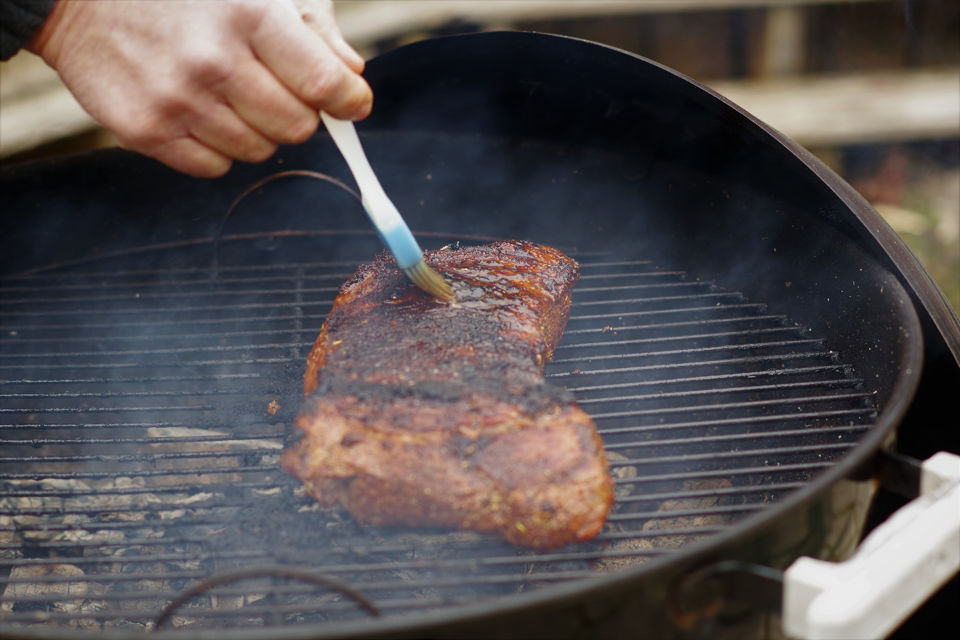
The recipe was adapted from Chef John and I just scaled up the ingredients amounts to suit. My steak was twice as big. The cooking time was a wild card and I put my fate in an instant thermometer instead of time. I was little worried if I loaded up enough charcoal to carry through all the cooking, but also not to have it too hot, that would just turn the outer layer to char. What I liked about this recipe is; it called to baste the steak every 4 minutes after is turned. I felt that gave me a level of control to manage more consistent cooking and prevent burning. I could lengthen or shorten the baking time, per side, based on my assessment. Once the process was put in motion there was no way back, I had to trust it will work. And work it did.
It took me about 55 minutes to reach just about 60ºC (140ºF) in the steak’s thickest part. I transferred the steak to the pan, covered it and left it to rest for 30 minutes.
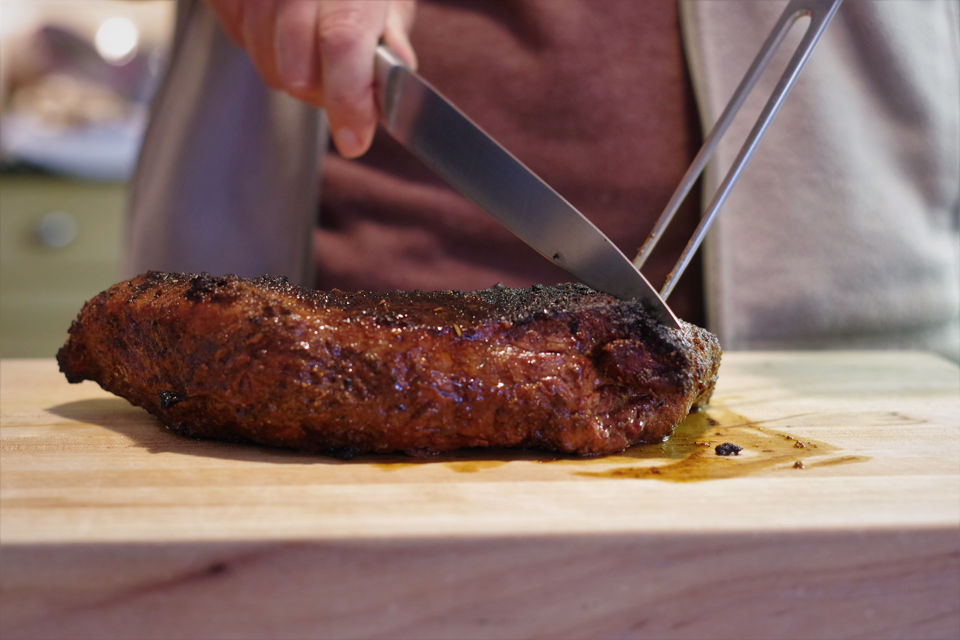
Surrounded with the rest of my family, everybody being curious, I sliced the steak thinly.
We served it with mashed potatoes and arugula salad with olive oil and balsamic vinegar.
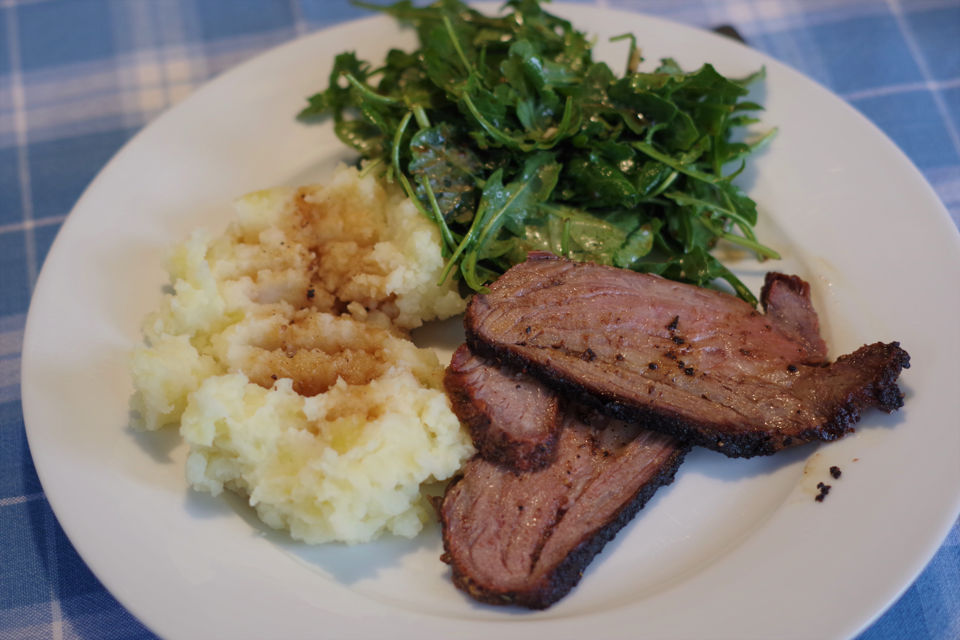
Initially we just took a few bites without saying anything. We kind of glanced at each other and after I asked how is it, all bursted in laughter. This was just a phenomenal, great tasting meal! The taste was just out of this world! It was perfectly cooked to medium rare, it was so tender and juicy! The dry rub skin turned black but it was not burned. The flavour it added to the steak was mesmerizing!
Without any doubt, by my own call and by what my family felt: this was the nicest steak we ever had!
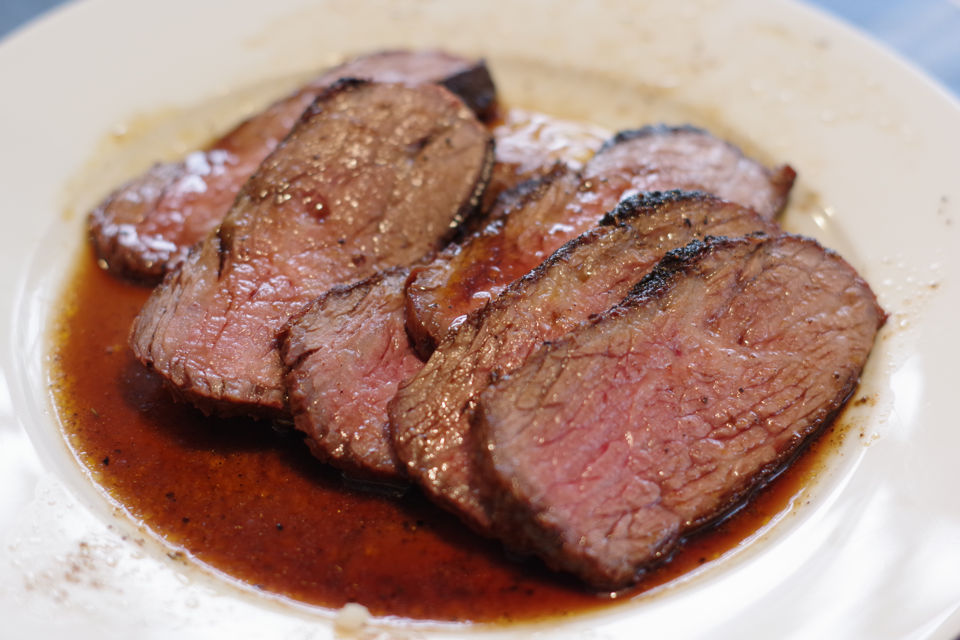
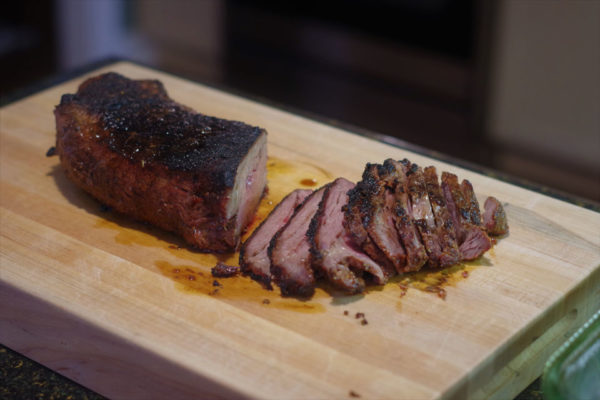
| Prep Time | 15 minutes |
| Cook Time | 50-55 minutes |
| Passive Time | 4.5 hours |
| Servings |
people
|
- 1,800 g tri tip steak 4 lb equivalent
- 4 tsp freshly ground pepper
- 4 tsp coarse sea salt
- 1 tbsp smoked paprika or sweet paprika as substitute
- 4 tsp garlic powder
- 2 tsp onion powder
- 2 tsp rosemary dried
- 1/2 tsp cayenne pepper
- 1/3 cup red wine vinegar
- 1/3 cups vegetable oil
- 4 garlic cloves crushed
- 1/2 tsp Dijon mustard
Ingredients
Ingredients
Dry Rub
Basting
Additional Equipment Required
|

|
- In a medium size bowl add all dry ingredients and mix together until combined.
- In a sealable container add all the ingredients, cover and shake vigorously until combined.
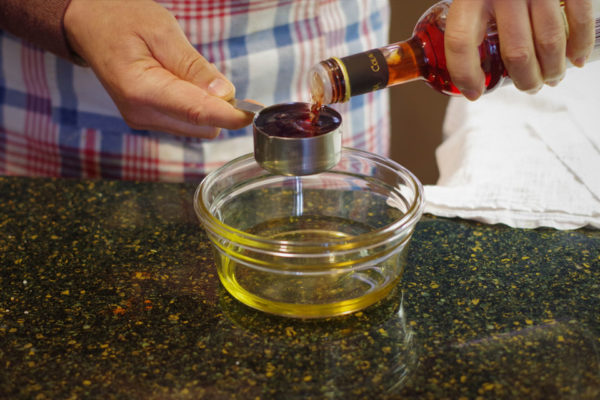
- depending on your doneness preference the following are temperature readings while on barbecue and after resting time (temperature goes up during resting time)
- Rare 130-135ºF on barbecue 130-140ºF after resting
- Med Rare 140ºF 145ºF
- Medium 155ºF 160ºF
- Well Done 165ºF 170ºF

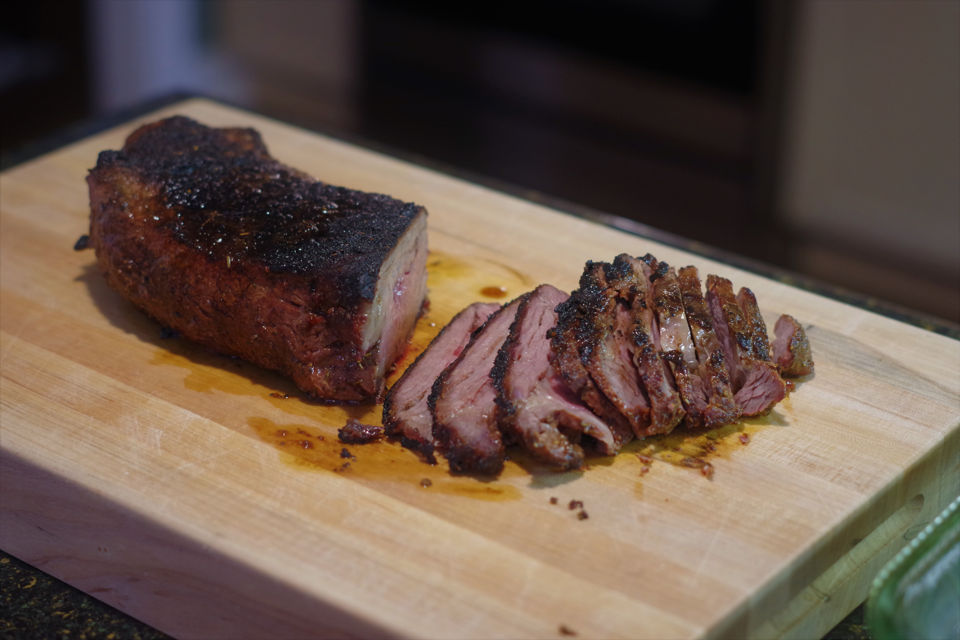
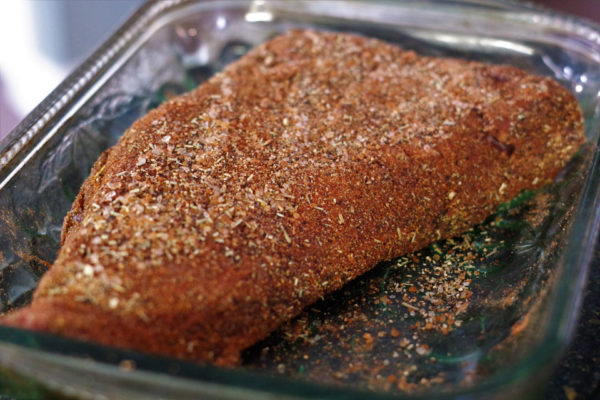
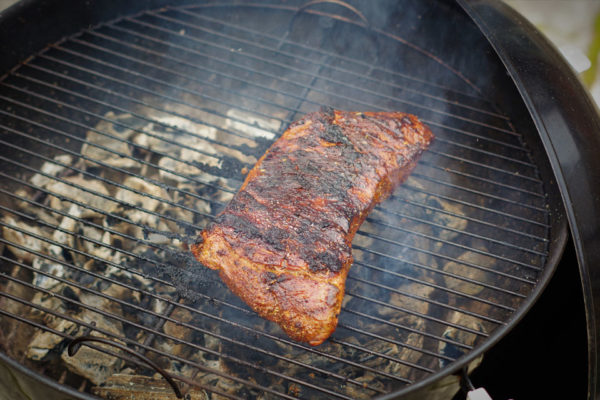
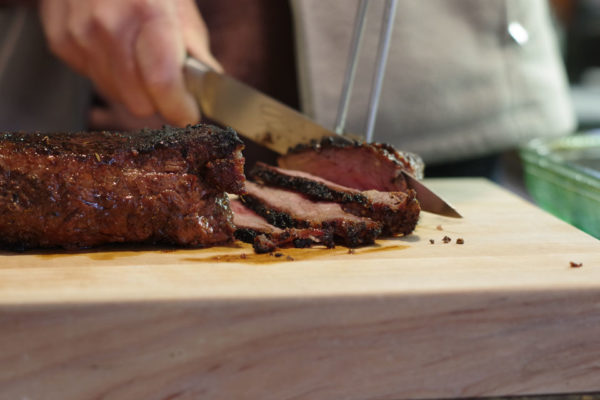
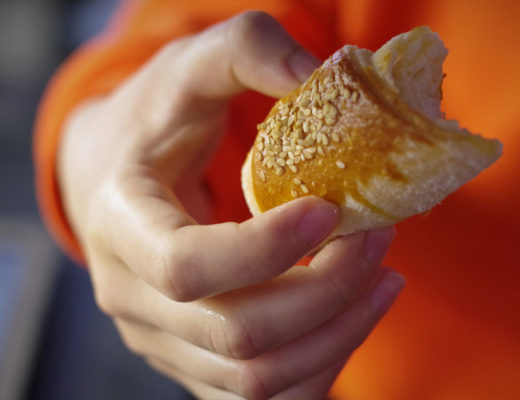
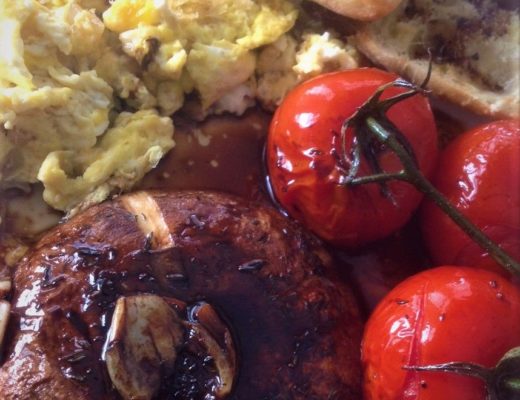
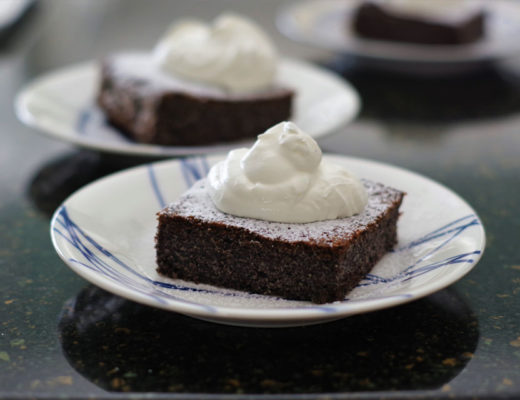
No Comments